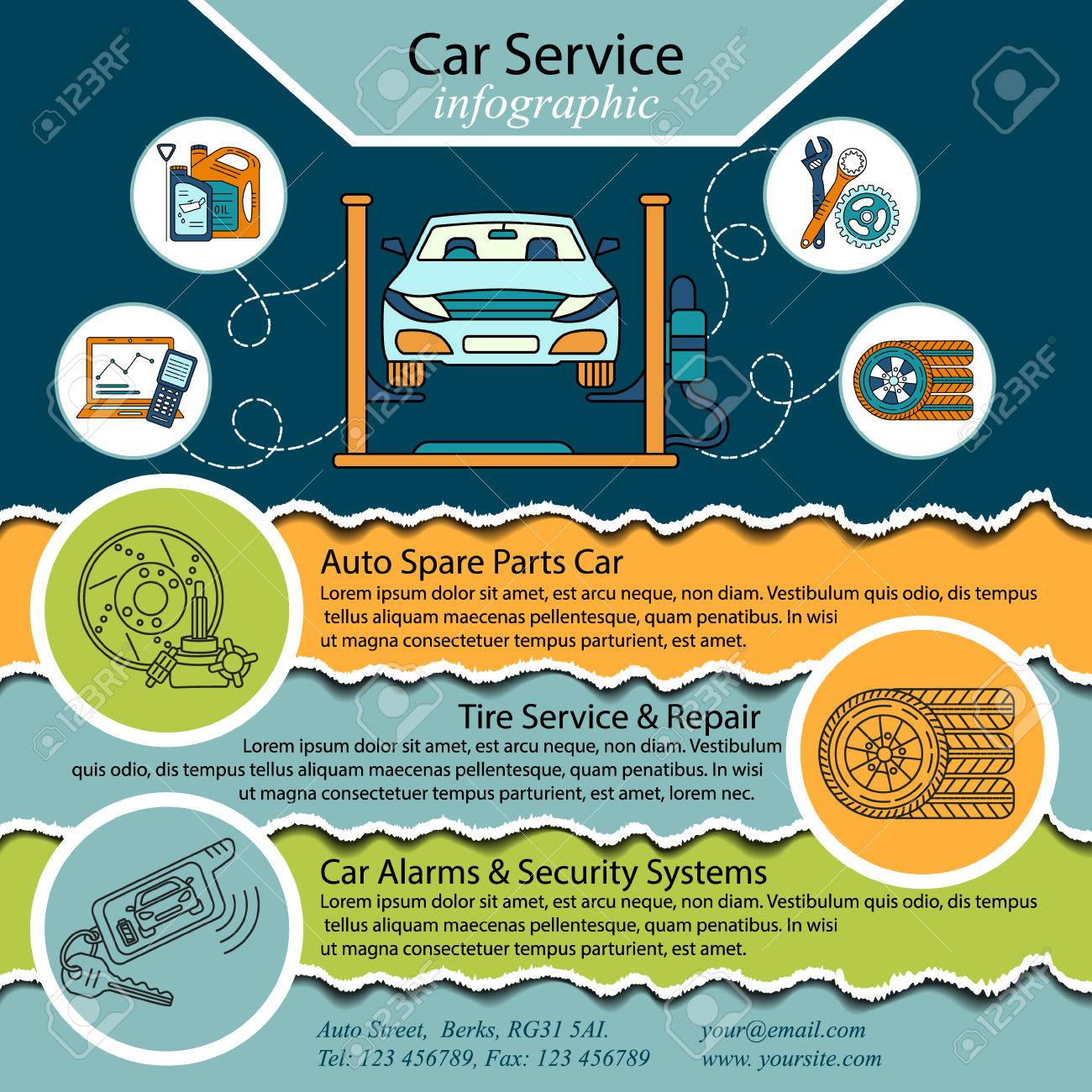Analyzing Your Automobile'S Warning Indicators: What They Truly Share
Analyzing Your Automobile'S Warning Indicators: What They Truly Share
Blog Article
Created By-Termansen Forbes
When you lag the wheel, those radiant caution lights on your control panel can be a little bit complicated. Do you understand what they're attempting to inform you concerning your car's health? Comprehending the relevance of these lights is crucial for your safety and the durability of your car. So, the following time among those lights appears, would not you want to understand its message precisely and take the needed steps to resolve it?
Common Warning Lights and Interpretations
Determine typical caution lights in your cars and truck and comprehend their significances to make certain secure driving.
The most common caution lights include the check engine light, which indicates issues with the engine or emissions system. If this light begins, it's vital to have your lorry inspected quickly.
The oil stress cautioning light indicates reduced oil pressure, calling for prompt interest to stop engine damage.
A flashing battery light might suggest a malfunctioning billing system, possibly leaving you stranded otherwise resolved.
The tire stress monitoring system (TPMS) light signals you to low tire stress, influencing car security and fuel performance. Overlooking this could cause hazardous driving problems.
The ABS light shows an issue with the anti-lock braking system, compromising your capacity to stop rapidly in emergencies.
carseatcleaning but not least, the coolant temperature alerting light warns of engine overheating, which can result in serious damage if not settled quickly.
Understanding these typical caution lights will aid you resolve concerns quickly and keep secure driving problems.
Importance of Prompt Interest
Recognizing the usual caution lights in your automobile is only the primary step; the relevance of quickly attending to these cautions can't be stressed enough to ensure your safety and security when traveling.
When a caution light brightens on your dashboard, it's your vehicle's method of communicating a possible concern that requires attention. Neglecting these warnings can bring about much more severe troubles in the future, endangering your safety and security and potentially costing you a lot more out of commission.
Prompt attention to cautioning lights can avoid break downs and mishaps. As an example, a flashing check engine light might indicate a misfire that, if left neglected, might create damage to the catalytic converter. Addressing this promptly can save you from a costly repair.
In a similar way, a brake system alerting light may indicate reduced brake fluid or worn brake pads, critical parts for your security when driving.
DIY Troubleshooting Tips
If you discover a caution light on your control panel, there are a couple of DIY fixing pointers you can try prior to seeking expert help.
The initial step is to consult your vehicle's guidebook to recognize what the details caution light shows. Sometimes the issue can be as simple as a loose gas cap causing the check engine light. Tightening https://www.capradio.org/articles/2022/05/24/going-electric-california-car-mandate-would-hit-mechanics-hard/ might deal with the problem.
An additional common problem is a low battery, which can cause numerous cautioning lights. Inspecting the battery links for deterioration and ensuring they're safe might repair the trouble.
If a warning light persists, you can try resetting it by disconnecting the auto's battery for a few mins and after that reconnecting it. Furthermore, examining your lorry's fluid degrees, such as oil, coolant, and brake fluid, can aid fix warning lights connected to these systems.
Conclusion
Finally, recognizing your automobile's warning lights is crucial for keeping your automobile running smoothly and safely. By quickly addressing these signals and knowing what they mean, you can prevent expensive repairs and possible failures.
Keep in mind to consult your car's manual for specific details on each cautioning light and take action accordingly to make certain a hassle-free driving experience.
Keep informed, remain risk-free on the road!
